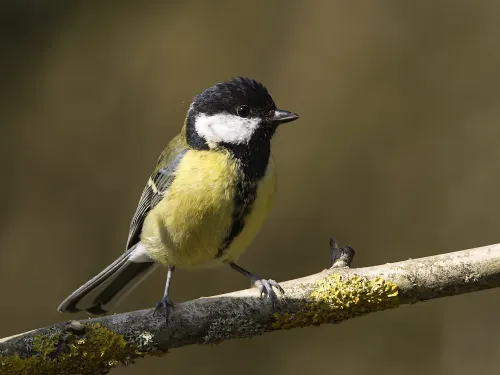
Great tit
A familiar garden bird, the great tit can be seen around bird tables and feeders, as well as in woodlands and parks. Listen out for its shrill song that sounds just like a bicycle pump being used!

What do you know about Kent's tits, crests and warblers? Learn more about these birds and how to identify them using our handy species guides.

A familiar garden bird, the great tit can be seen around bird tables and feeders, as well as in woodlands and parks. Listen out for its shrill song that sounds just like a bicycle pump being used!

A familiar garden bird, the blue tit can be seen around bird tables and feeders, as well as in woodlands and parks. Listen out for its trilling, 'tsee-tsee-tsee' song. It is smaller than the great tit.
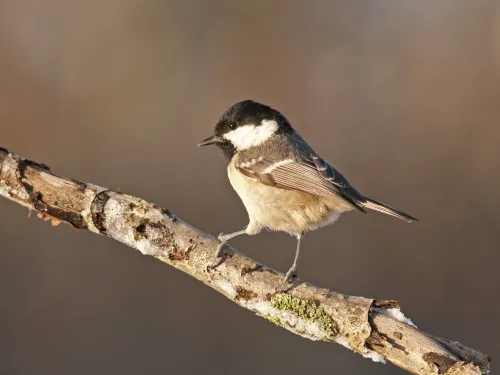
The coal tit is mainly found in coniferous woodland, but can also be spotted in gardens and parks. It is smaller than the great tit, but has a similar bicycle pump-like song.
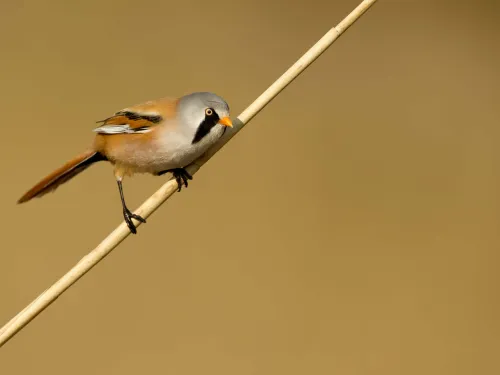
The bearded tit is an unmistakable cinnamon-coloured bird of reedbeds in the south, east and north-west of England. Males actually sport a black 'moustache', rather than a beard!
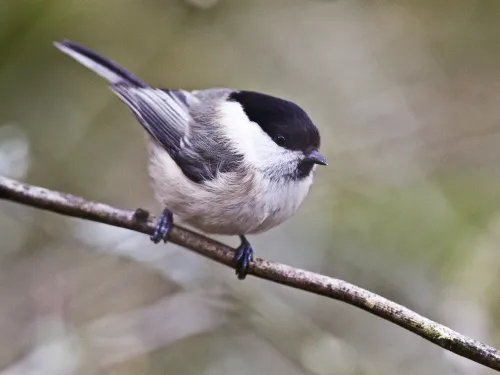
The willow tit lives in wet woodland and willow carr in England, Wales and southern Scotland. It is very similar to the marsh tit, but has a distinctive pale panel on its wings.
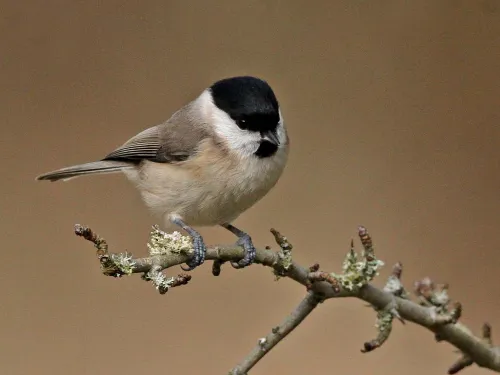
Despite its name, the marsh tit actually lives in woodland and parks in England and Wales. It is very similar to the willow tit, but has a glossier black cap and a 'pitchoo' call that sounds like a sneeze!
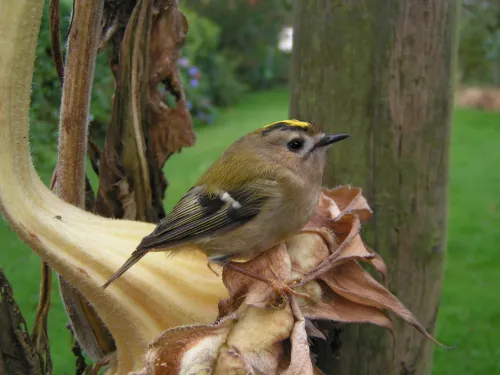
A king among birds, the goldcrest displays a beautiful golden crown. Our smallest bird, it can be spotted in conifer woodlands and parks across the UK.
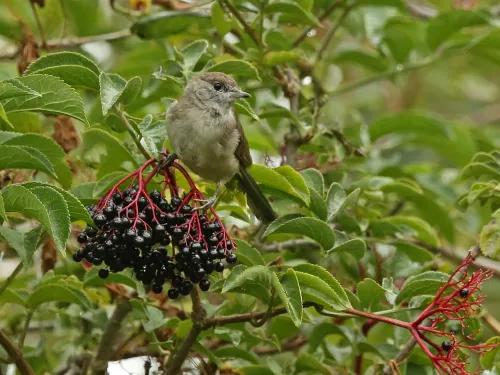
As the name suggests, the male blackcap has a black cap, while the female has a gingery one. Look for this distinctive warbler in woodland, parks and gardens.
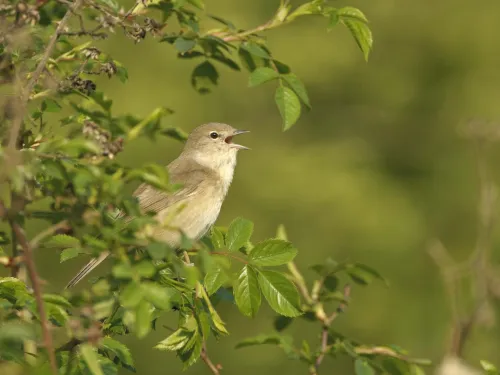
A plain-looking warbler, the garden warbler is a summer visitor to the UK. It is a shy bird and is most likely to be heard, rather than seen, in woodland and scrub habitats.
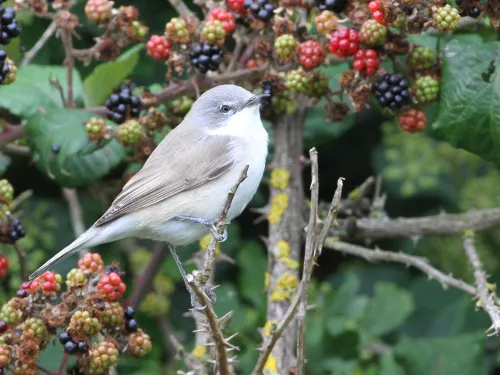
The lesser whitethroat is smaller than its cousin, the whitethroat, and sports dark cheek feathers that give it a 'mask'. Most likely to be heard around woodland and scrub, rather than seen.
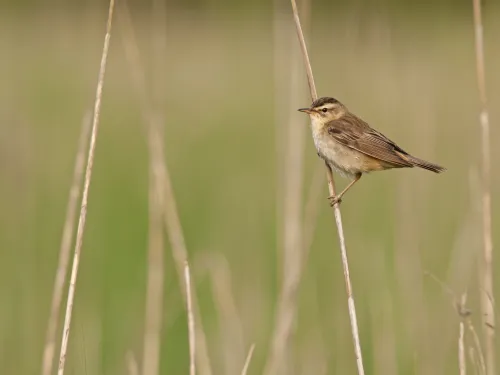
In summer, the sedge warbler can be spotted singing from a reed or willow perch in wetlands across the UK. Males never sing the same song twice, adding new phrases to impress the females.
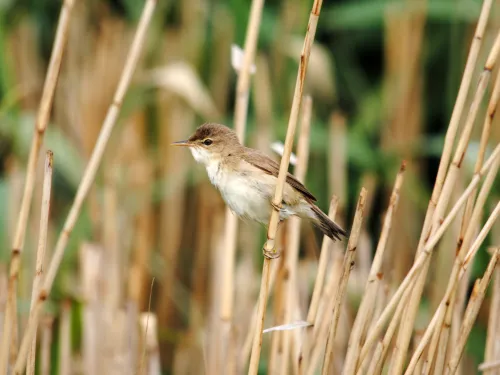
Listen out for the 'chattering' song of the reed warbler, while wandering the UK's lowland wetlands in summer. A small, brown bird, they are quite hard to see.
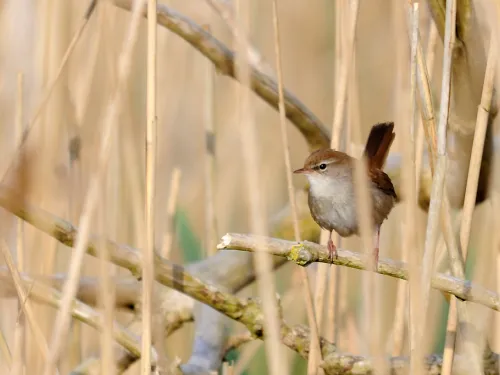
A dark, stocky warbler, the Cetti's warbler is most likely to be heard, rather than seen - listen out for its bubbling song among willow, marsh and nettles.
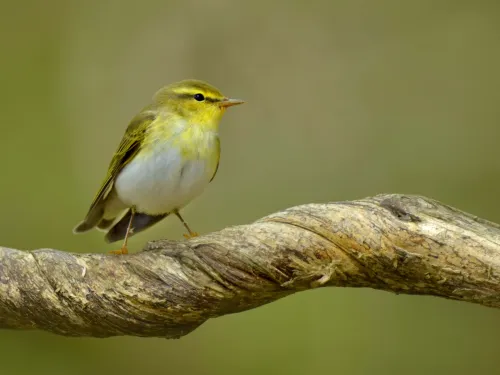
Look for the wood warbler singing from the canopy of oak woodlands in the north and west of the UK. Green above, it has a distinctive, bright yellow chest and eyestripe.
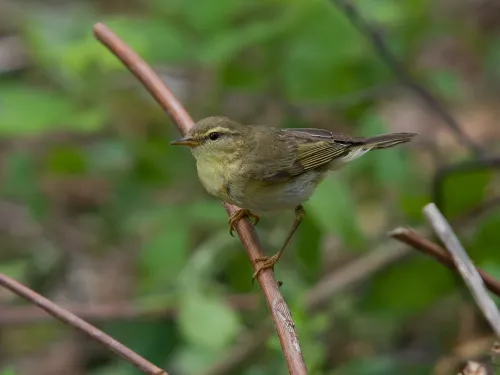
A summer visitor, the willow warbler can be seen in woodland, parks and gardens across the UK. It arrives here in April and leaves for southern Africa in September.
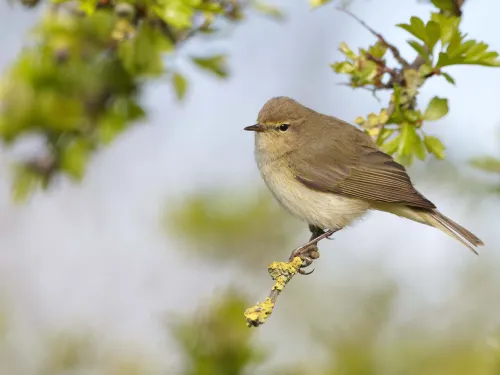
In early spring, listen out for the 'chiff chaff chiff chaff' song of the appropriately named chiffchaff. It can be heard in woodland, scrub, parks and gardens across the UK.
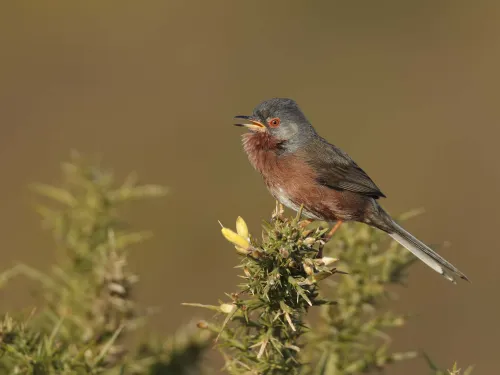
The small, brown Dartford warbler is most easily spotted when warbling its scratchy song from the top of a gorse stem. It lives on lowland heathland in the south of England, where it nests on the ground.
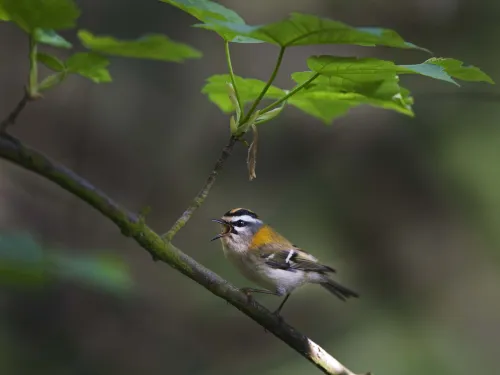
The tiny firecrest vies with the goldcrest for the title of the UK's smallest bird. Once just a visitor, the firecrest can now be found breeding in woodlands in the south of England.
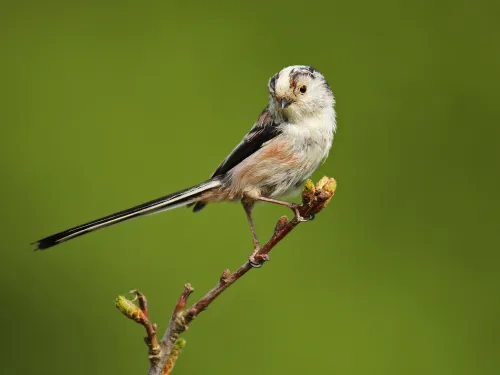
Living up to its name, the long-tailed tit can be easily recognised by its long tail. It is a small, pretty, pink, black and white bird that can be seen in woodlands, gardens and parks.